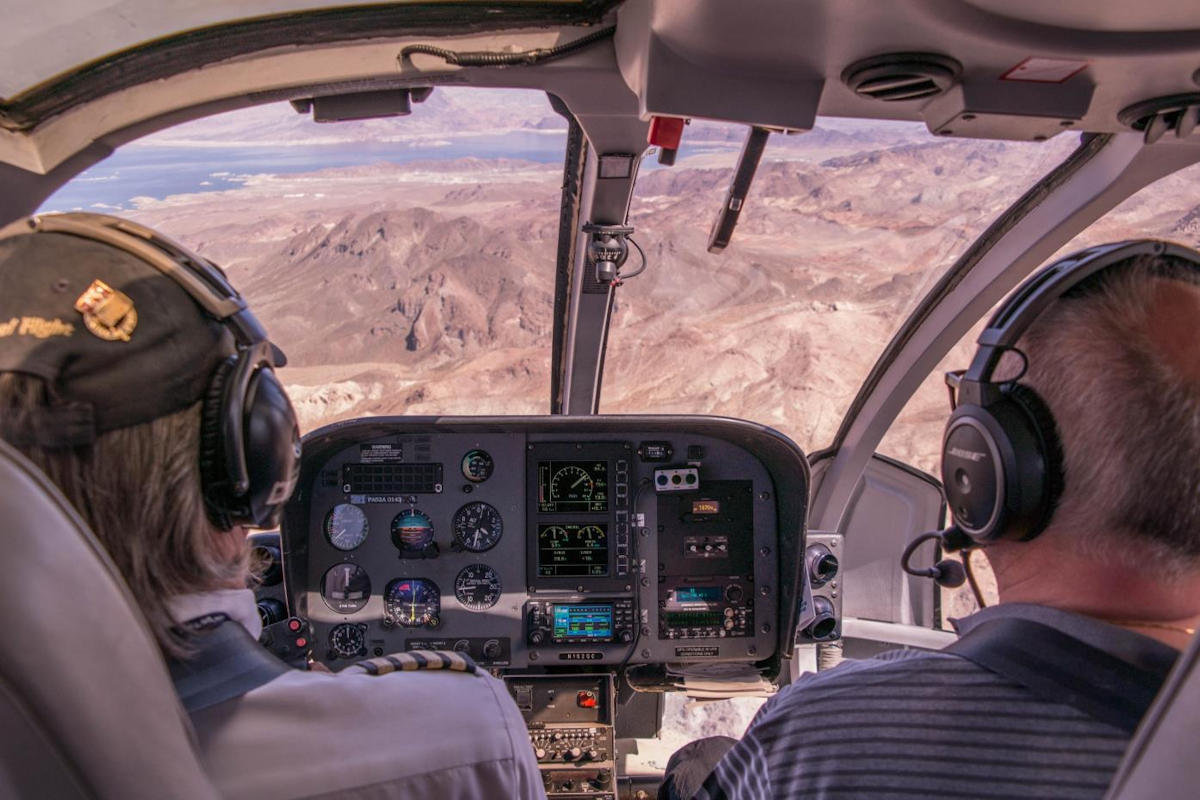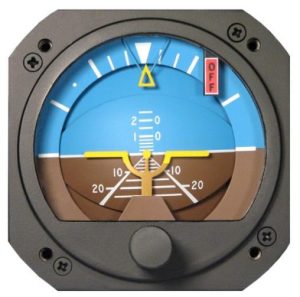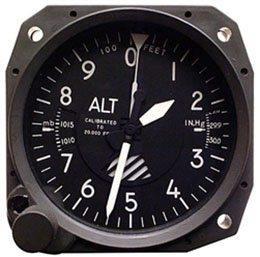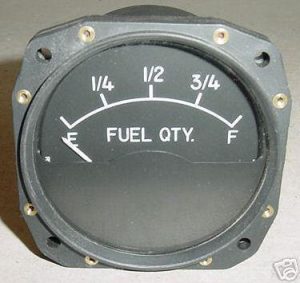In the Cockpit of Your Emotions

I once worked for a guy who was training to become a small plane pilot. We used to do long road trips as part of the work. He loved driving his truck and asked me to quiz him for his next exams. He handed me this thick book of the theory of flying. It contained all sorts of terminology and interesting information. It’s amazing how this works. When you are actually having to quiz someone, when you become more teacher than learner, you actually learn more. I’ve always seen this throughout my career. When you start teaching something you learn more about that subject than you would by simply studying it.
Anyways, there we were going down the road with me steadily working through the book. I had to think about how to organize the questions and get them ready so that over several trips during a period of about three months we could cover all the work. I think I learnt more about flying small planes than he did in that period, but never mind, he got his licence in the end and it was happy and all good.
Recently, when COVID struck, I was reminded about this again. What happened was that my clients needed coaching, especially in areas like being mentally tough and how to master their emotions. They were going through an emotional rollercoaster. There was a lot of uncertainty and even fear.
In my coaching and speaking I love to use visual anchors and analogies. I started looking at how I could coach my clients how to better work with their emotions, from their intellectual brains with curiosity, so that it would help them to become masterful in this area. A very useful analogy of the plane ride (representing their journey through life), the airplane itself (their beings or physical bodies) and the gauges (their emotions) emerged.
There are many gauges on the dashboard of the plane that can be very useful to explain to us how our emotions work together. We are going to focus on three gauges: the attitude, the altitude and the fuel gauge. The same way the pilot interprets the readings of the gauges to get the plane safely to its
destination, we can use the gauges of our emotions to help us go forward safely and productively through life.
The first skill for mental mastery I work on with my coaching clients is understanding and working with “the line”. Once they have that knowledge and have started the work to develop that muscle, they are well on their way to becoming mentally resilient.
 In a plane the attitude gauge (also known as the artificial horizon) works very similarly. You’ve probably seen it before (see graphic). It shows a horizontal line with a schematic of the plane sitting just above or on the line. Like the pilot—who constantly has to be aware where the plane is in relation to the artificial horizon line— you need to constantly be aware of where you are in relation to the mental toughness line during your day.
In a plane the attitude gauge (also known as the artificial horizon) works very similarly. You’ve probably seen it before (see graphic). It shows a horizontal line with a schematic of the plane sitting just above or on the line. Like the pilot—who constantly has to be aware where the plane is in relation to the artificial horizon line— you need to constantly be aware of where you are in relation to the mental toughness line during your day.
Gravity is constantly pulling the plane downwards. Pilots use their skills and resources to keep the plane flying forward. When it dips below the line, which is part of a regular flight, they have to be cognizant of it and work to bring it above the line again. They burn more gas. They adjust the flaps. They do what needs to be done.
The same goes for you during your day. We all live in an environment which constantly pulls you below the line. The primitive part of our brains is hard-wired to be on the lookout for negativity and danger, and to keep us safe. There is therefore this constant force present that pulls us below the line. We need to be aware of it. We need to constantly make sure that we do not stay below the line. You may dip below the line from time to time, but as long as you are aware of it, and able to bring yourself above the line again, all will be good in the end. Like the pilot flying the plane becomes aware of where they are in relation to the artificial horizon line of the attitude gauge, we need to become aware of what our emotions are telling us that causes us to dip below the line. If I start feeling overwhelmed (the emotional trigger), I need to become aware of it and commit to getting myself out of that feeling so that I can rise above the circumstance that caused me to start feeling overwhelmed in the first place.
 Is this where the saying, “Your attitude determines your altitude” comes from?
Is this where the saying, “Your attitude determines your altitude” comes from?
The same way the pilot keeps the plane high enough to fly over trees and mountains, we need to keep an eye on our altitude. It is normal and natural for us to dip down from time to time and go under the line. Everyone does. We can’t be positive all the time! The key however is to realize that you are dipping down and not to stay there. Like the pilot who will crash into the next mountainside of they do not gain altitude soon enough, we will have an emotional meltdown or get stuck in a negative emotional state if we stay low for too long.
And then there is the third gauge we are going to look at, the gas or fuel gauge. Situated a little to the side it is equally important and should never be forgotten!
 When a pilot flies and sees the fuel running low, they will always make a plan to go land because they know if they keep going it’s not good. To run out of fuel spells disaster. They are either going to have to do a risky emergency landing or they are going to crash. So, they always take care of themselves, their passengers, and their cargo.
When a pilot flies and sees the fuel running low, they will always make a plan to go land because they know if they keep going it’s not good. To run out of fuel spells disaster. They are either going to have to do a risky emergency landing or they are going to crash. So, they always take care of themselves, their passengers, and their cargo.
Yet we, as leaders—when we get too involved—get busy and too focused on the here and now. There are lots of things happening, all at the same time. We forget about ourselves, we forget about filling our own gas tanks so that we can keep going and we forget to go land. We forget to take a break. We stop taking care of ourselves and make the time for exercise and relaxation. We do not get good sleep, we do not refill our tanks so that we are stronger again to be able to go forward.
So, here’s the learning. When you feel your gas tank running low, do what the pilot would do. When you start feeling like your own tank is running on empty, when you get that tired feeling in your bones, when you start to struggle through your day and your creativity leaves you. It becomes time for you to say, “Enough is enough!” It becomes time to find a place to land and refuel.
If you don’t, your emotional crash may be just be as ugly as a plane crash.
We have looked at only three of the gauges in the plane. There are several more. Just like these three give us a warning, a trigger if you’d like, we should be on the lookout of what triggers we get from especially our negative emotions. When you feel angry, where does it sit in your body? How does it feel? What is it telling you? By becoming curious about the emotion—and not just getting stuck in it—you can lift yourself out of it and move on. The same goes for emotions like frustration, disappointment, fear, hurt, guilt, sadness, overwhelm, loneliness and inadequacy.
By getting curious about the emotion, you can discover how the emotion is serving you. Like a gauge on an airplane dash, it serves to keep you safe during your flight of life.
Understanding the cockpit of your emotions then becomes key to your success.
DOWNLOAD PDF
